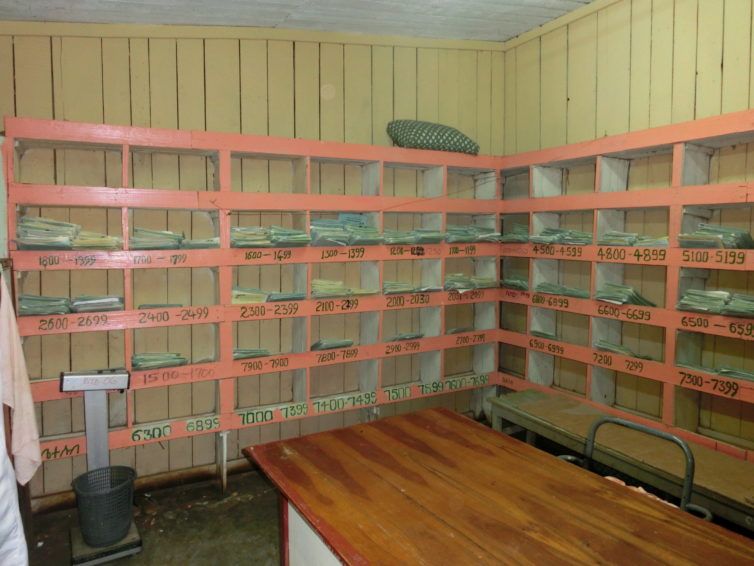Home / Business & Management / HR / Occupational Health in Developing Countries / Organizational models for occupational health services
This article is from the free online
Occupational Health in Developing Countries


Reach your personal and professional goals
Unlock access to hundreds of expert online courses and degrees from top universities and educators to gain accredited qualifications and professional CV-building certificates.
Join over 18 million learners to launch, switch or build upon your career, all at your own pace, across a wide range of topic areas.


 Internal OHS – An occupational health services can be organized inside a factory, as an internal OHS. ©University of Bergen
Internal OHS – An occupational health services can be organized inside a factory, as an internal OHS. ©University of Bergen
 External OHS – An occupational health service can be external, serving many companies. ©University of Bergen
External OHS – An occupational health service can be external, serving many companies. ©University of Bergen
 The OHS must be paid by someone. ©G. Tjalvin
The OHS must be paid by someone. ©G. Tjalvin 





